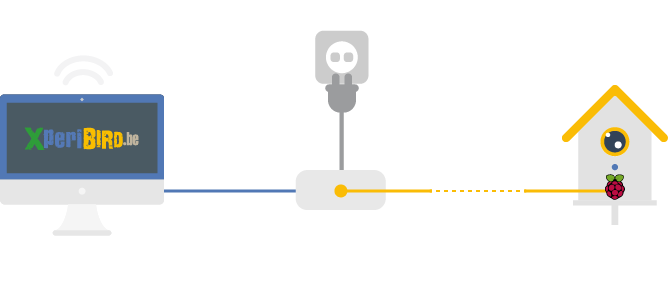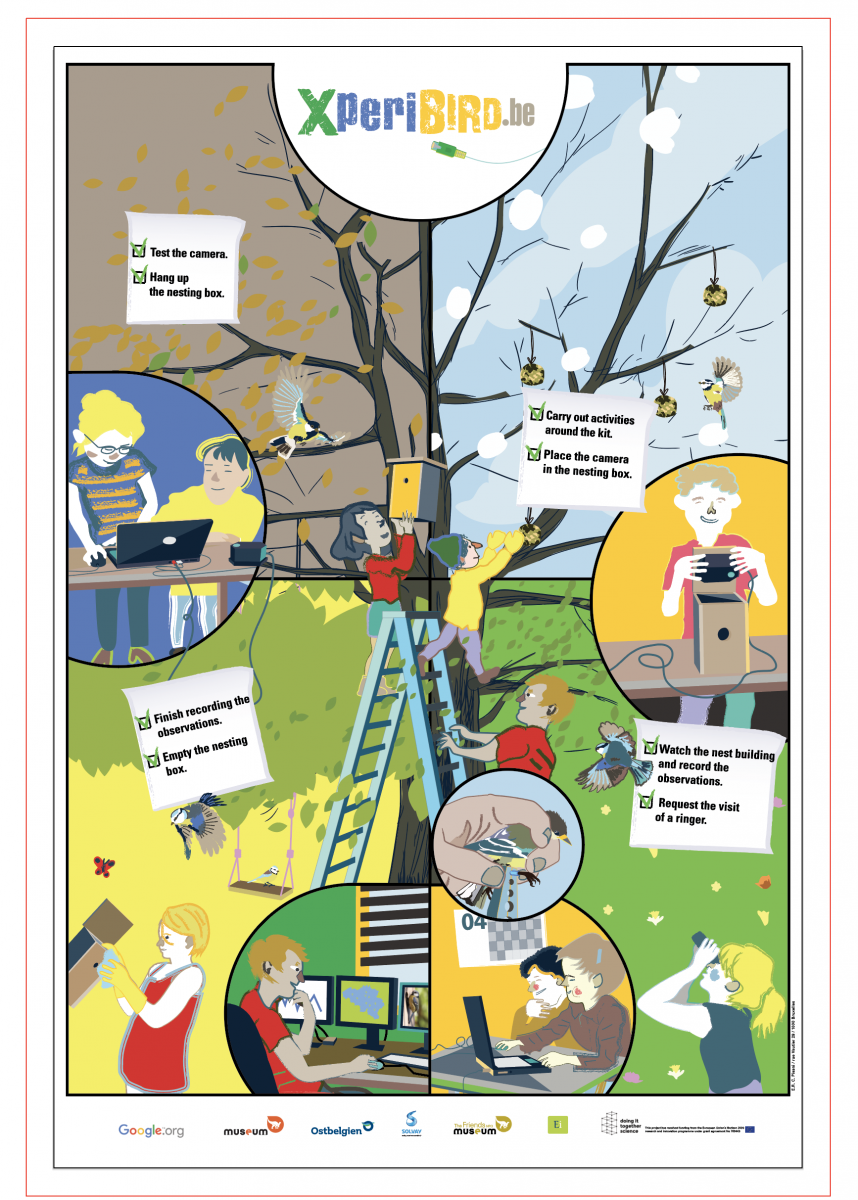Who is XperiBIRD.be for?
The project is designed for schools and educative and / or environmental players in Belgium who would like to arouse interest in technology and nature conservation among children from the final year of primary school (10–11 year olds) to the second year of secondary school (13–14 year olds).
Therefore, the birdboxes are not distributed to individuals.
Registrations are closed. Thank you











